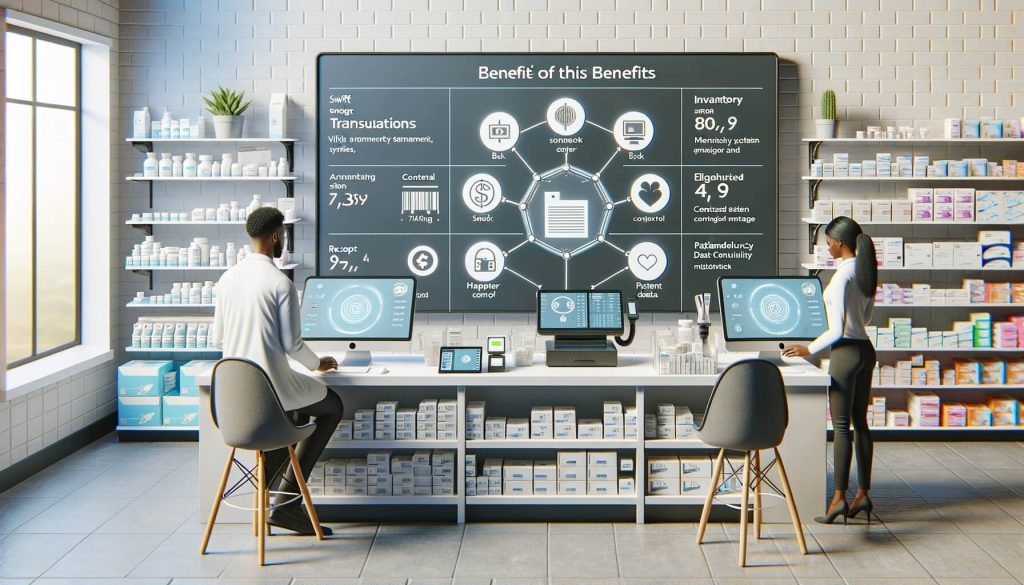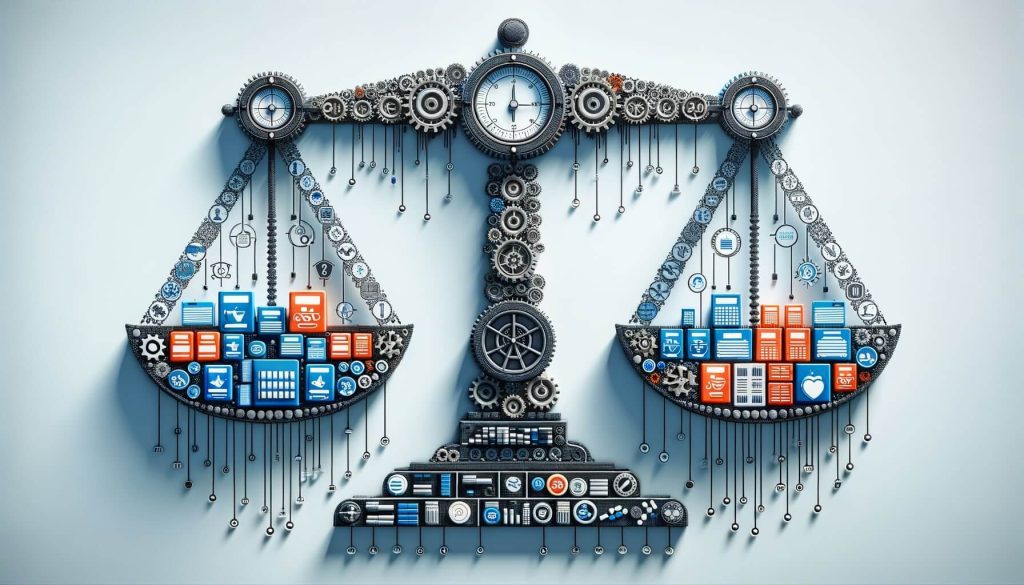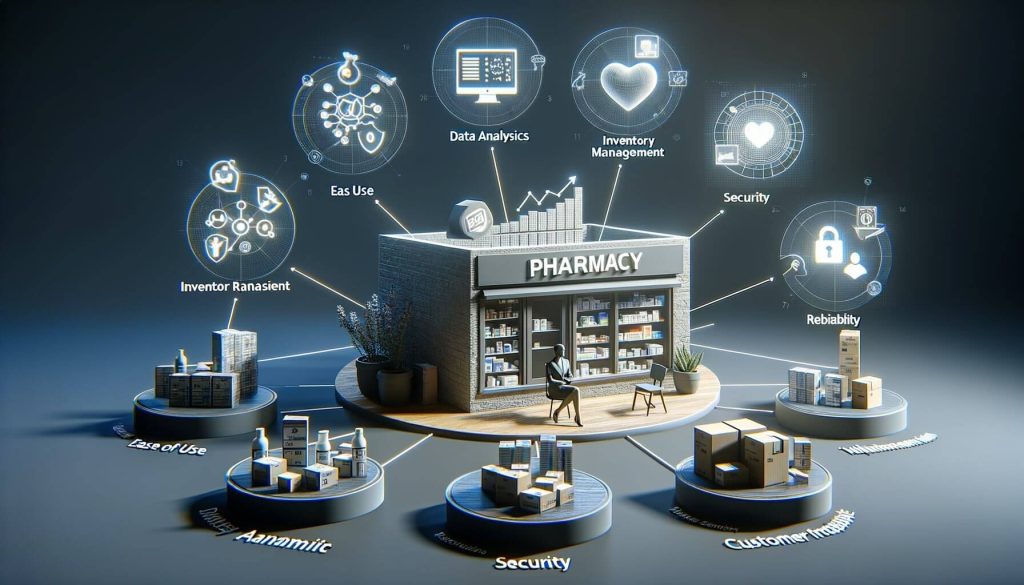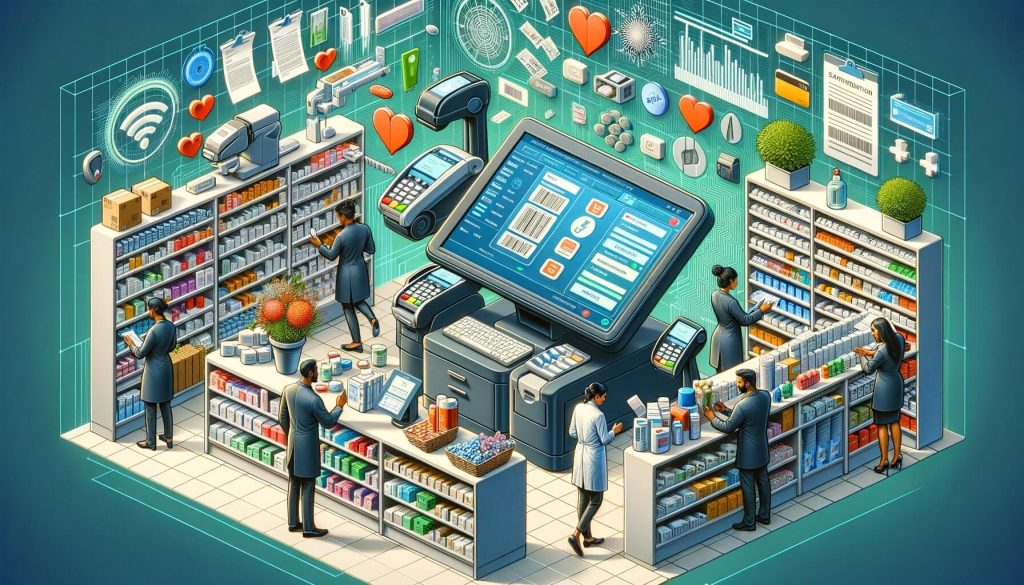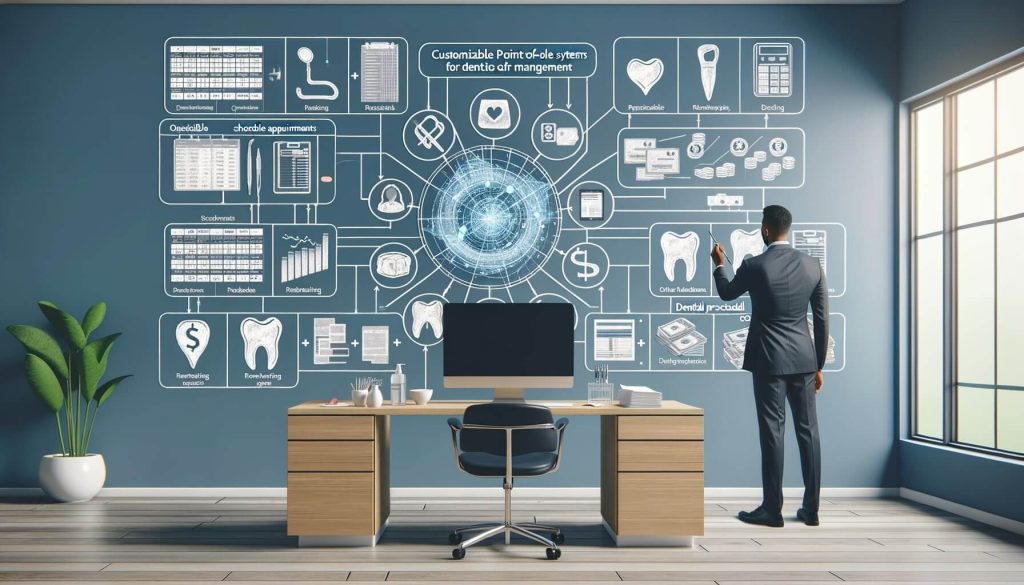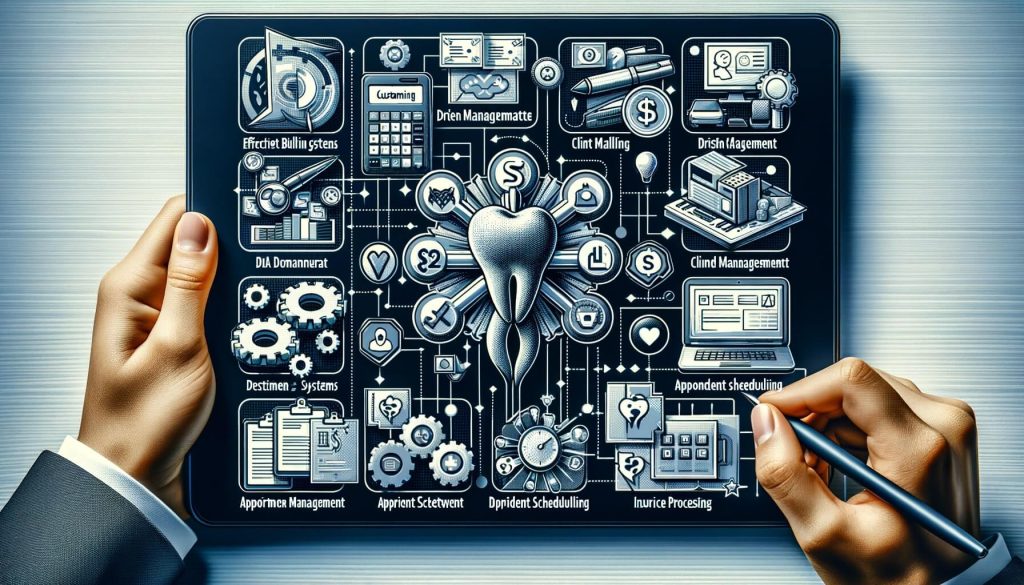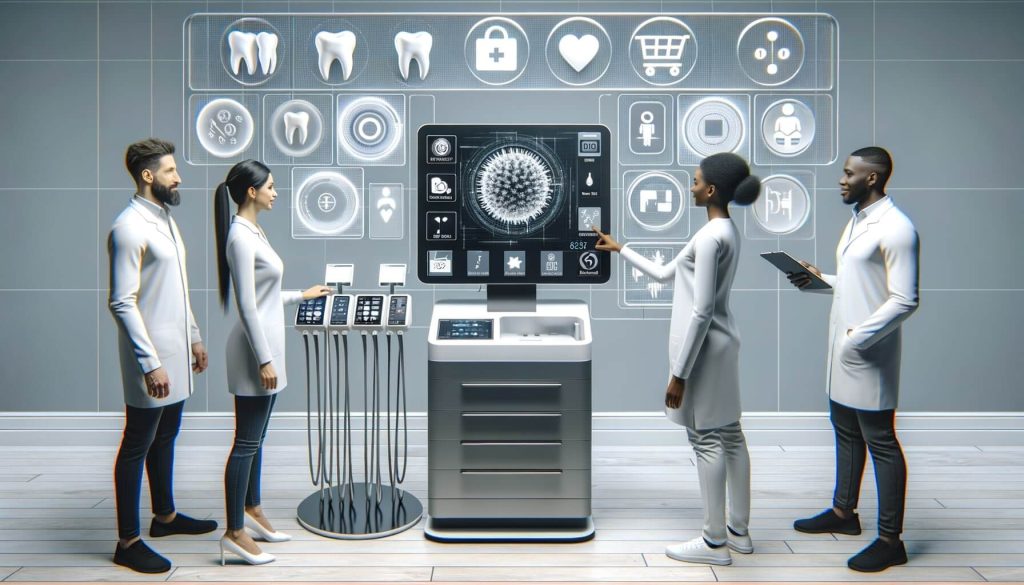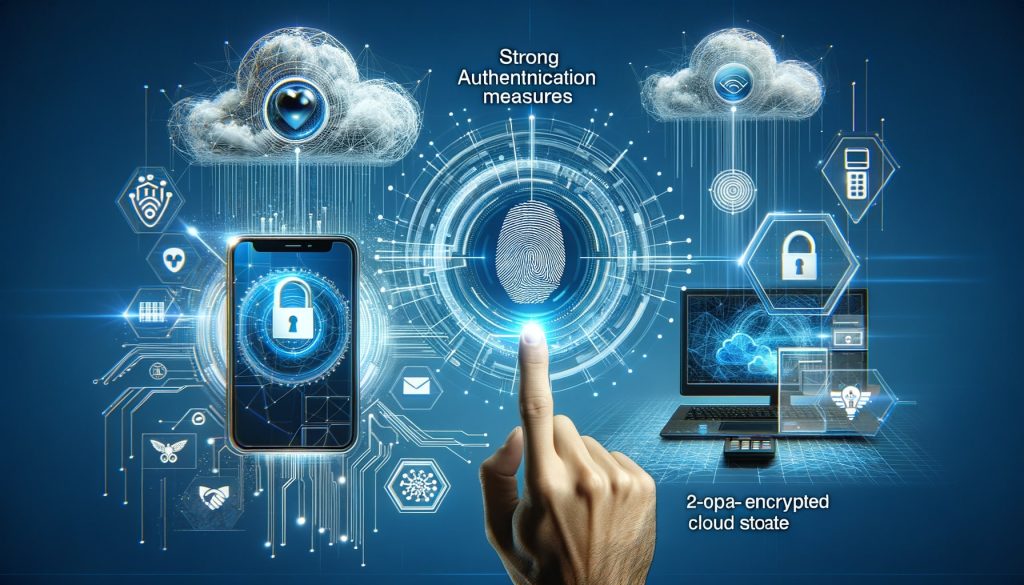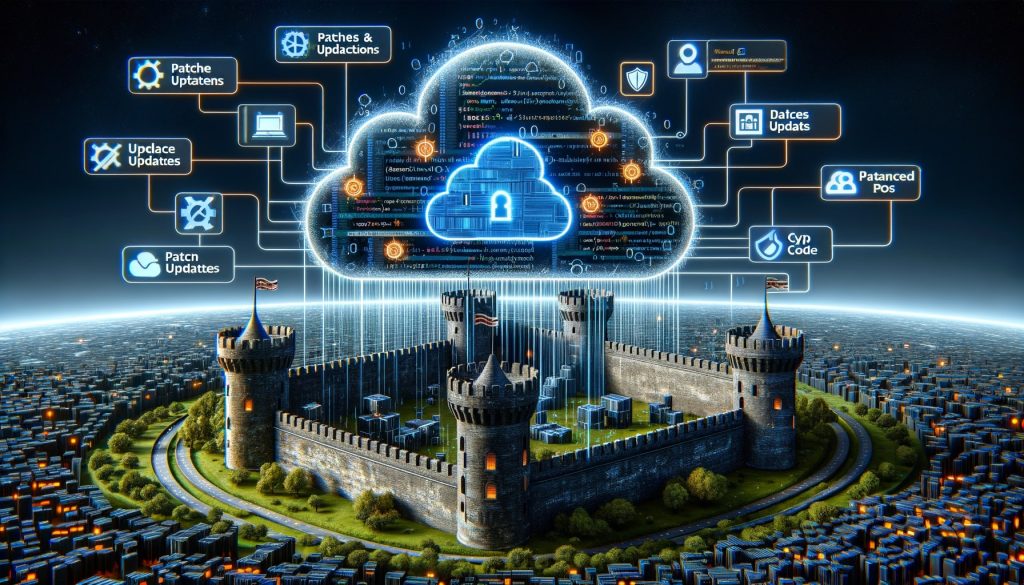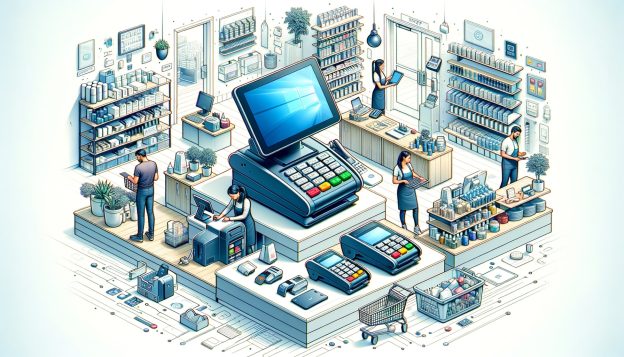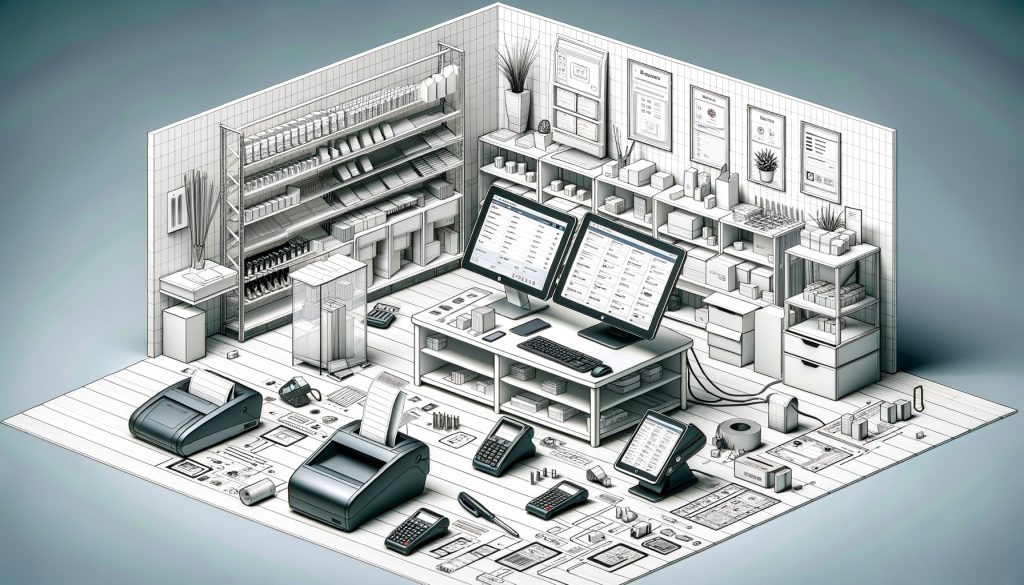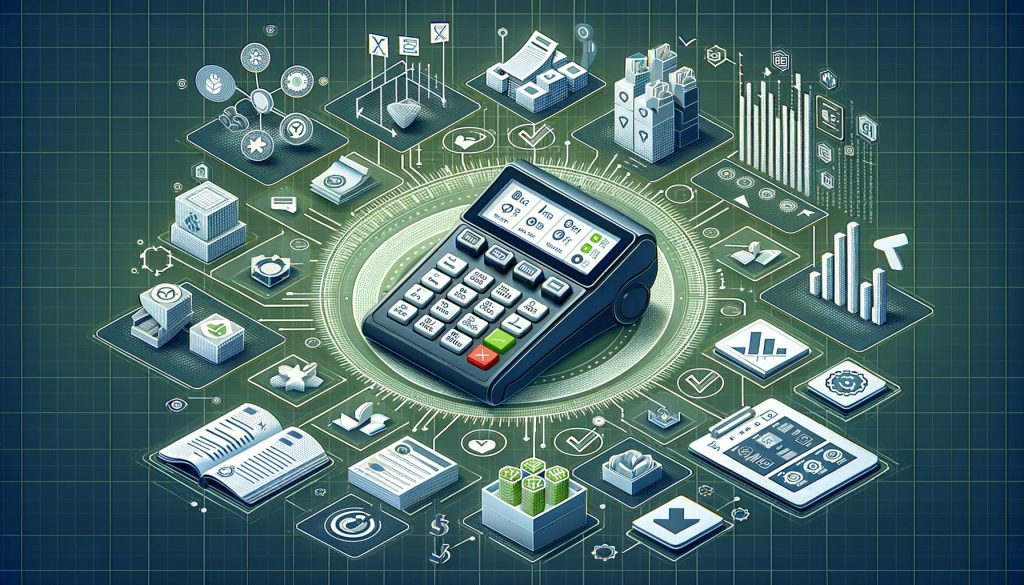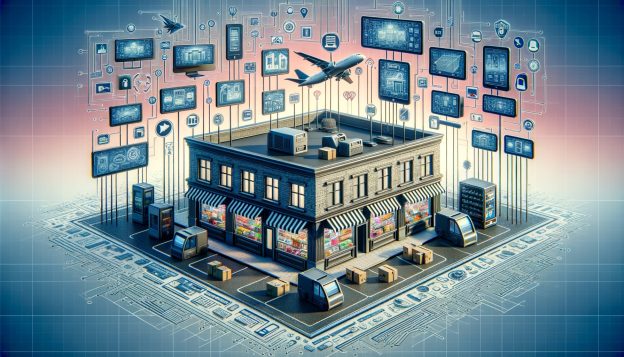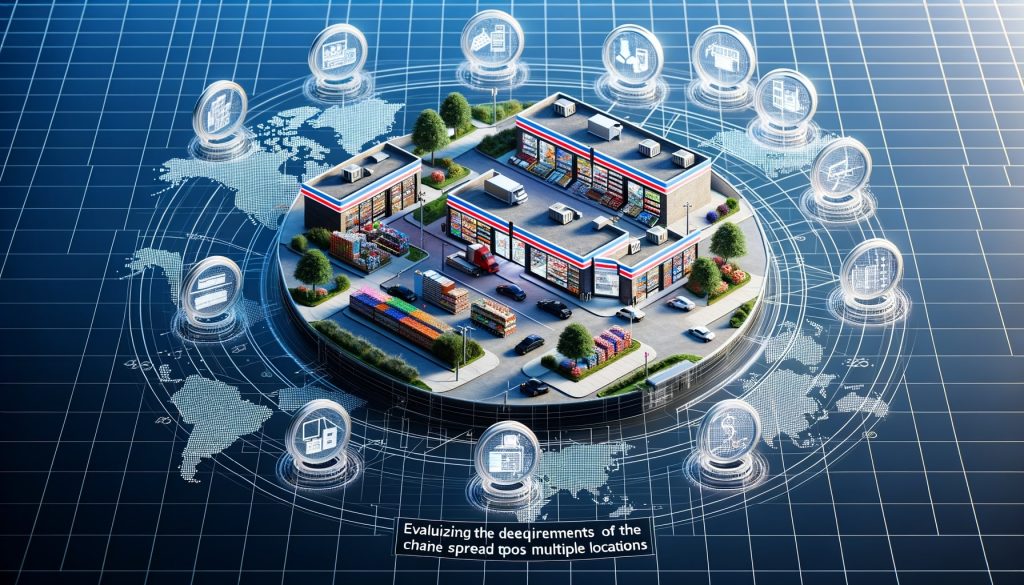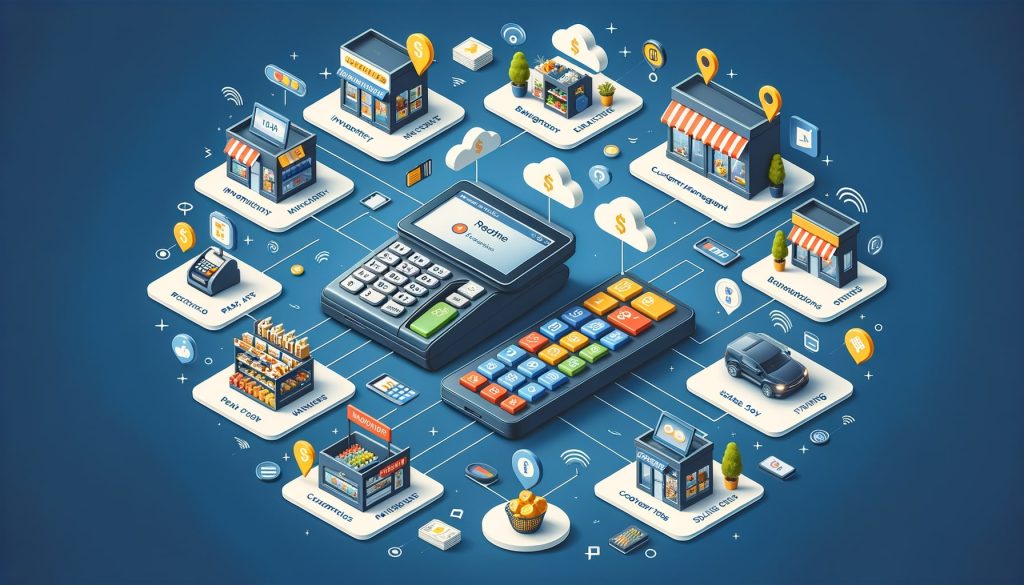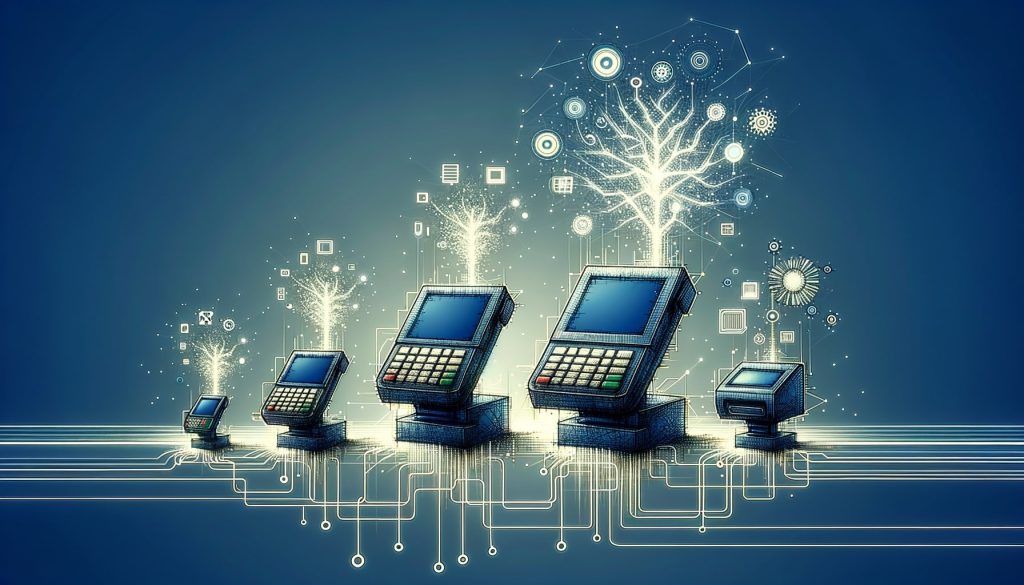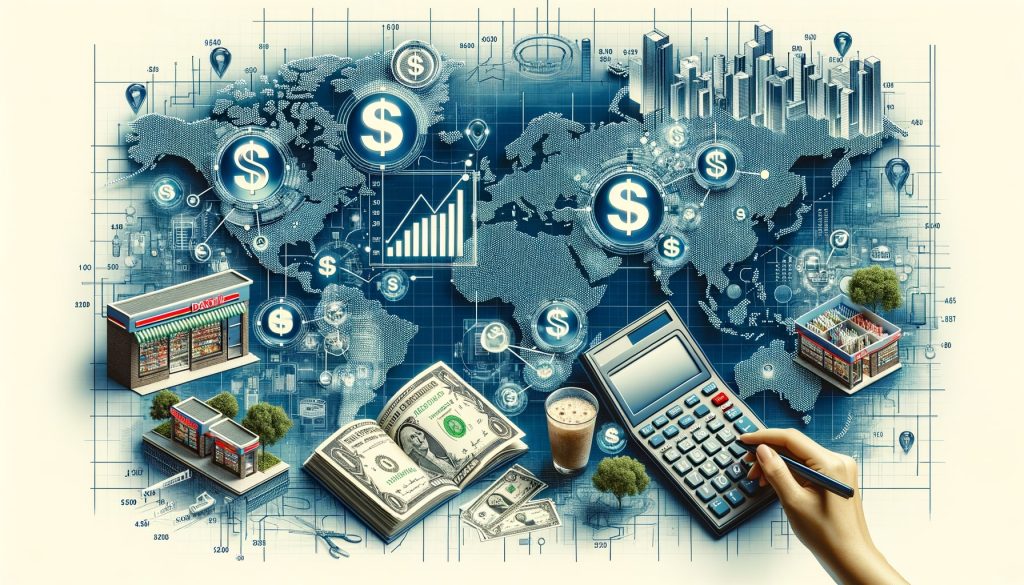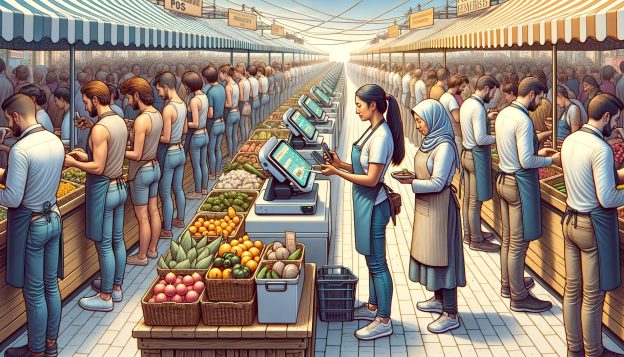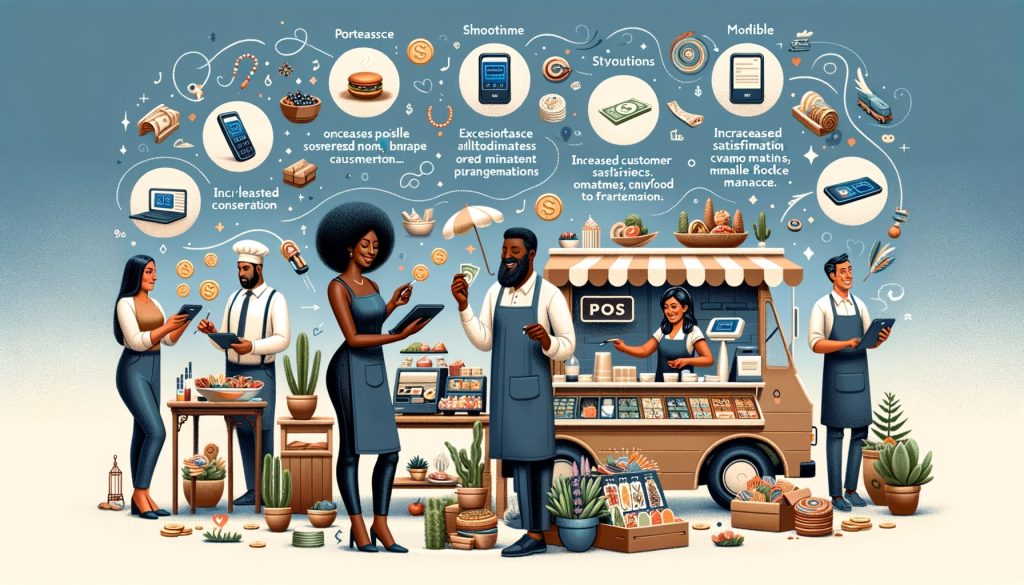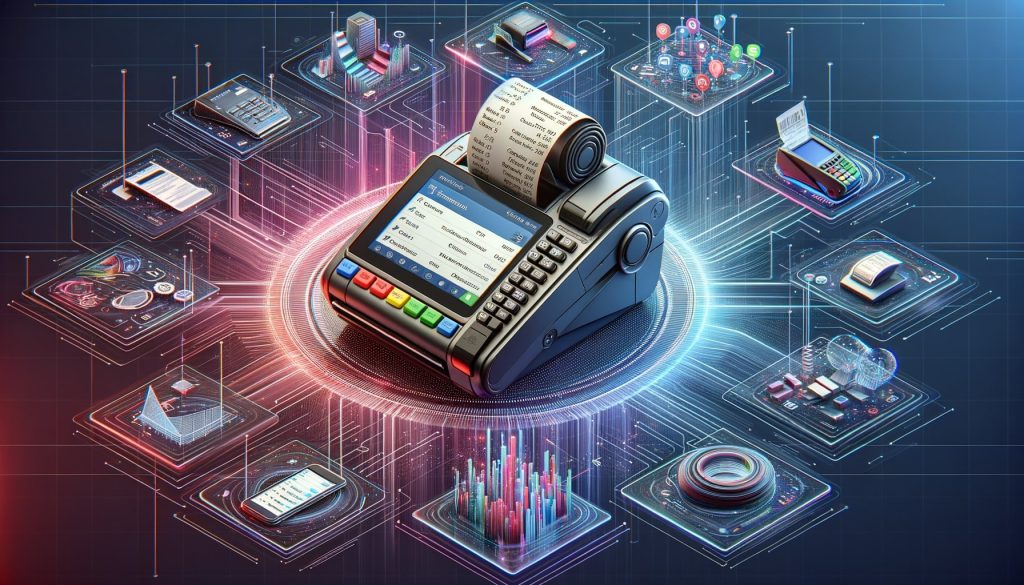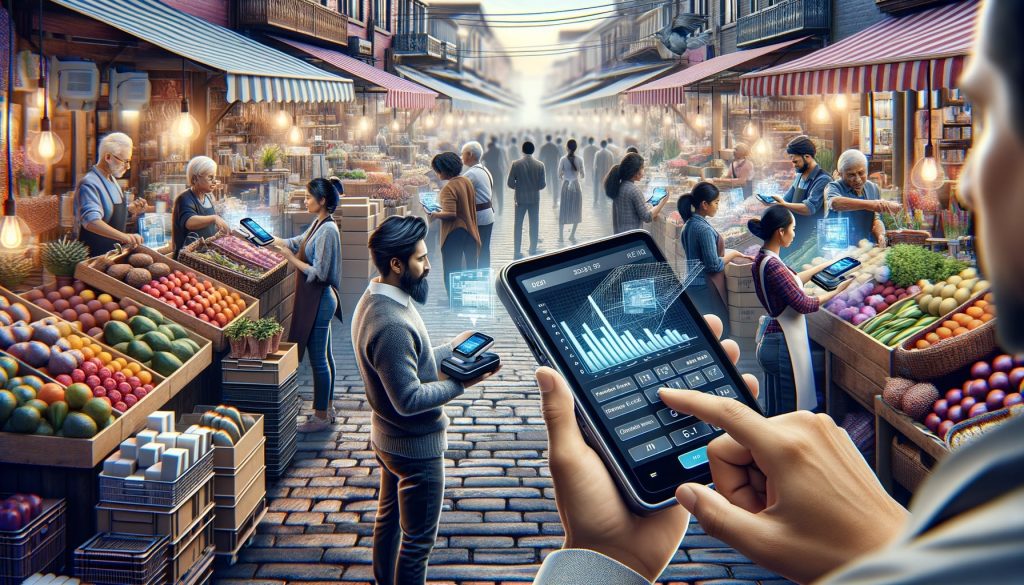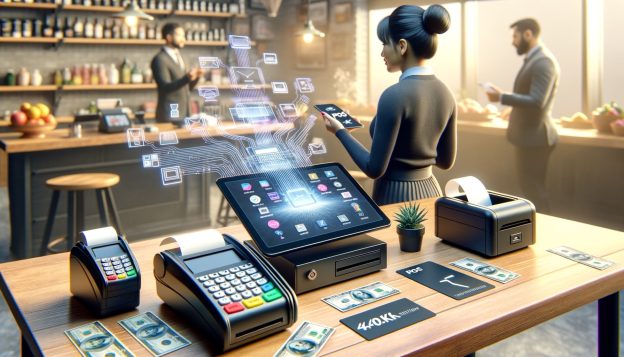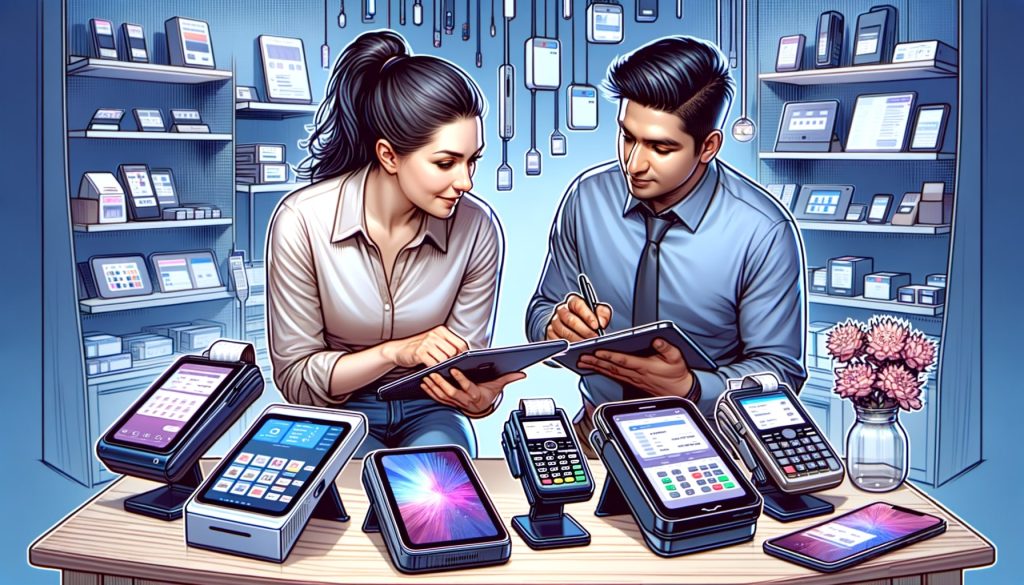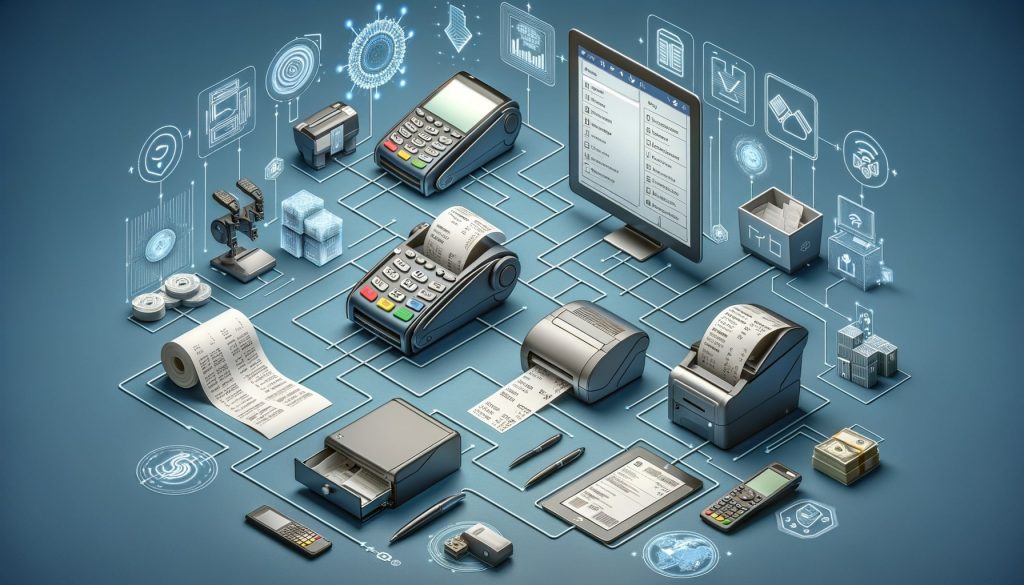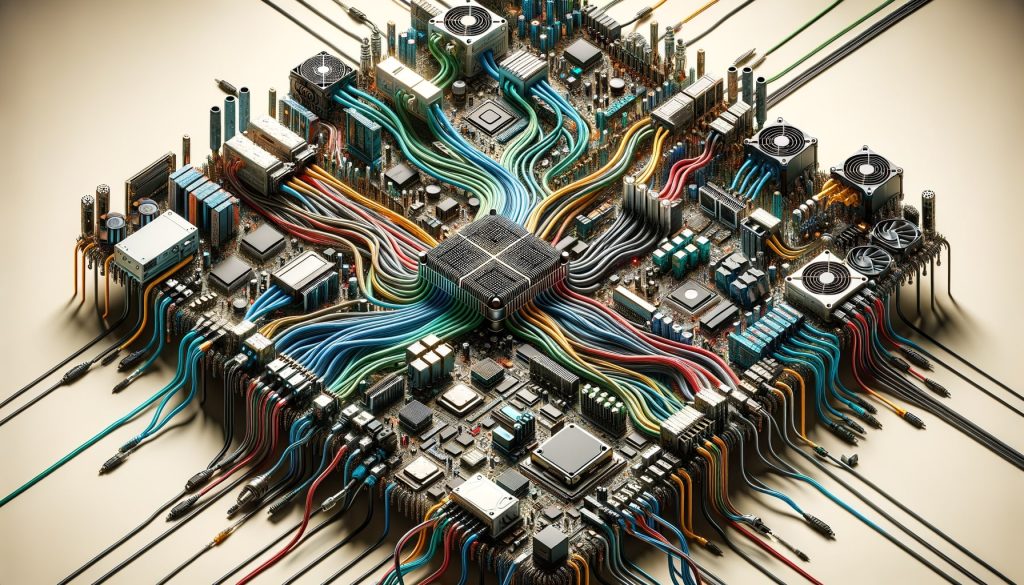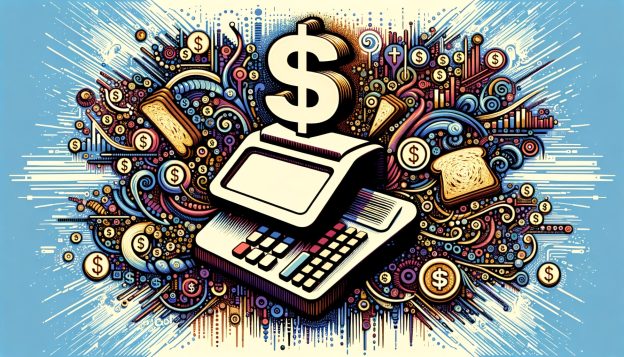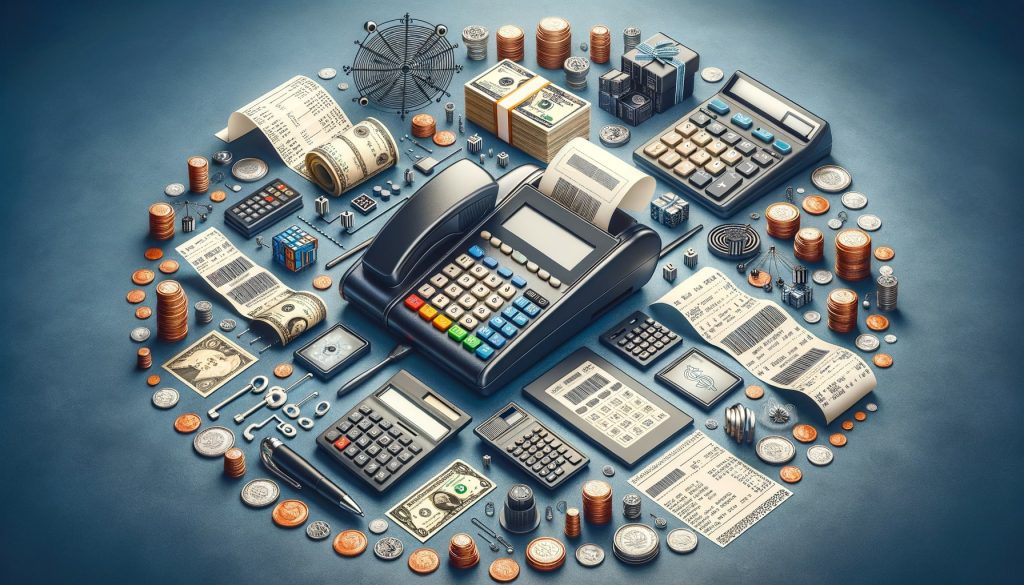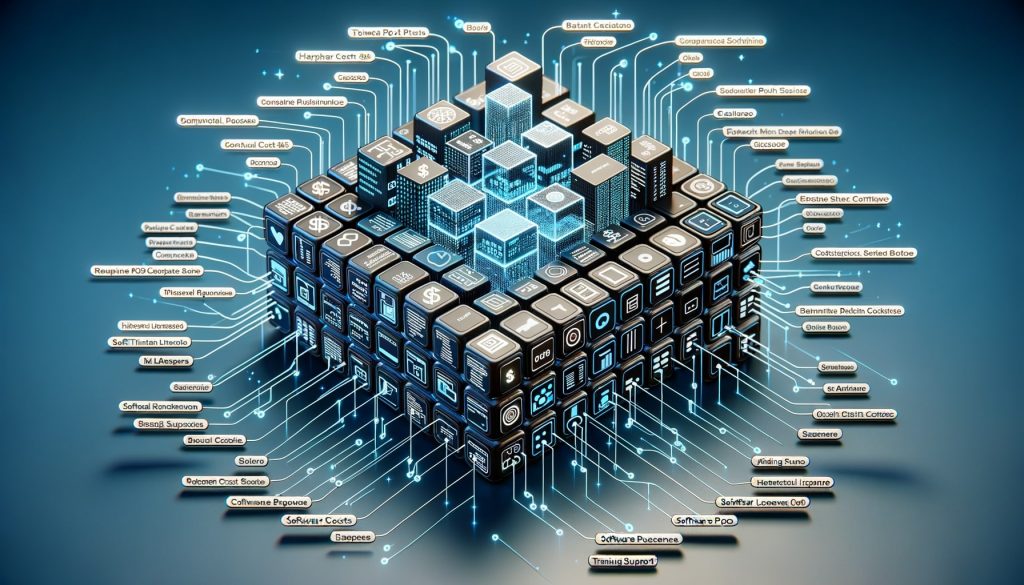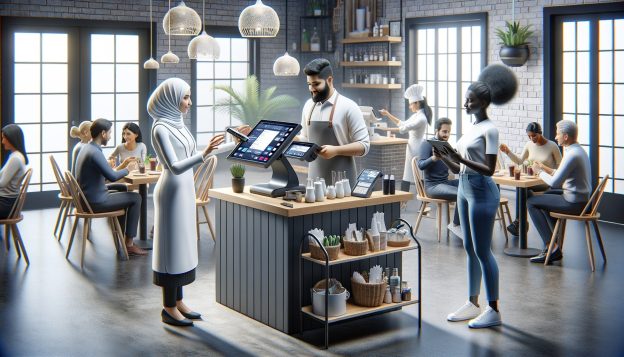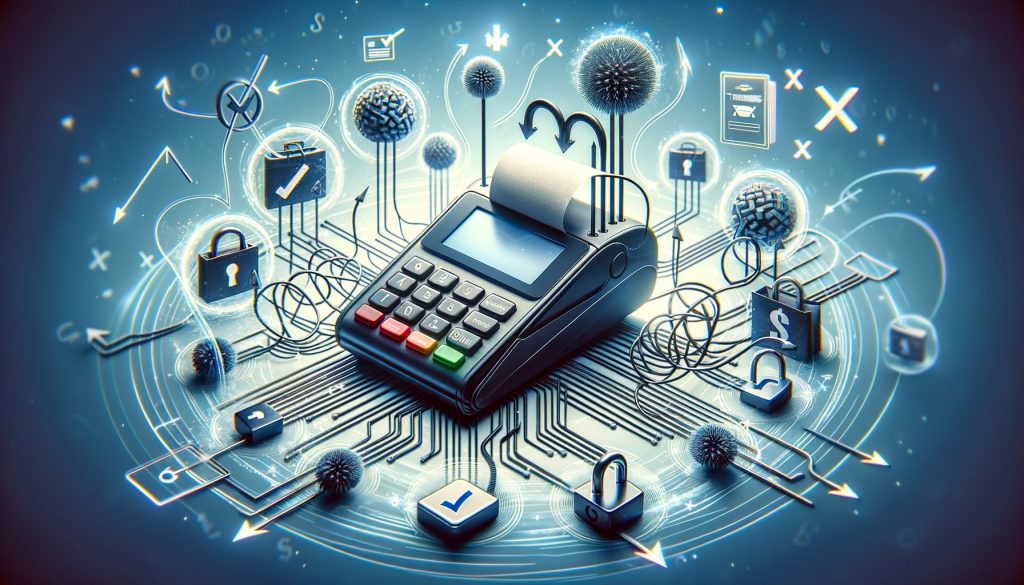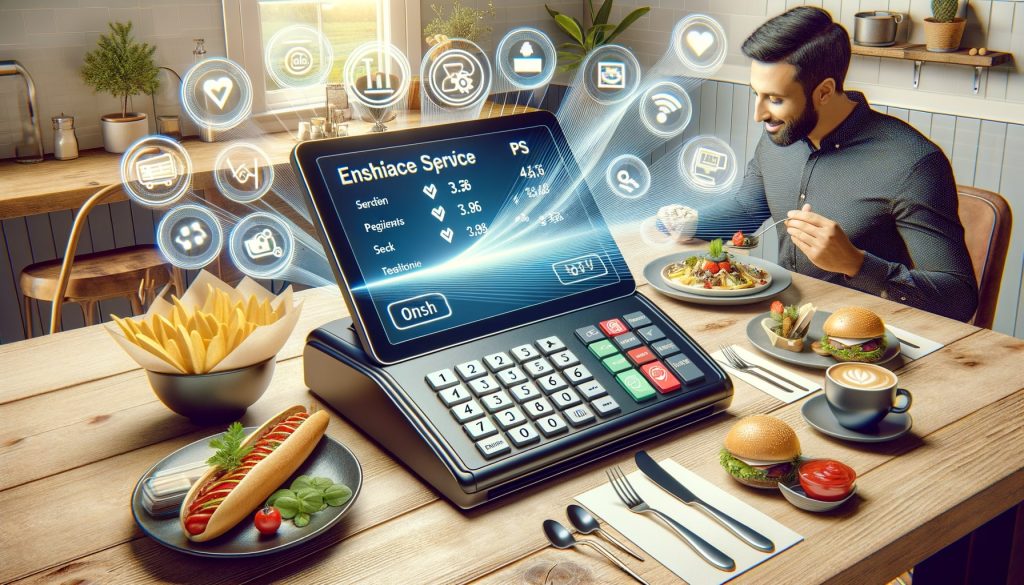In today’s fast-paced business environment, having a reliable and efficient point-of-sale (POS) system is crucial for any business, regardless of its size or industry. With the increasing popularity of smartphones, many businesses are turning to iPhone POS systems to streamline their sales processes and enhance customer experiences.
In this article, we will explore the top POS systems for iPhone, including SwipeSimple, CloverGo, Host Merchant Services, Square POS, and Lightspeed POS. We will delve into the benefits of using POS systems on iPhone, provide comprehensive overviews of each system, compare their features and functionality, address frequently asked questions, and ultimately help you choose the best POS system for your iPhone.
Understanding the Benefits of Using POS Systems on iPhone

Before diving into the top POS systems for iPhone, it is important to understand the benefits of using such systems. One of the key advantages of iPhone POS systems is their mobility. With an iPhone POS system, businesses can process transactions anywhere, whether it’s at a brick-and-mortar store, a pop-up shop, or even at a customer’s location. This flexibility allows businesses to provide a seamless and convenient shopping experience for their customers.
Another benefit of using POS systems on iPhone is the cost-effectiveness. Traditional POS systems often require significant upfront investments in hardware and software. In contrast, iPhone POS systems typically have lower upfront costs and are often subscription-based, making them more affordable for small businesses. Additionally, iPhone POS systems eliminate the need for bulky cash registers and can integrate with other business tools, such as inventory management systems and customer relationship management (CRM) software, further streamlining operations.
Top Point-of-Sale for iPhone
1. SwipeSimple: A Comprehensive Overview of the POS System
SwipeSimple is a popular iPhone POS system that offers a wide range of features and functionalities. It allows businesses to accept various payment methods, including credit cards, debit cards, and mobile wallets. SwipeSimple also supports contactless payments, such as Apple Pay and Google Pay, enabling businesses to cater to customers’ preferences.
One of the standout features of SwipeSimple is its robust inventory management capabilities. Businesses can easily track and manage their inventory, set up low stock alerts, and generate detailed reports to gain insights into their sales performance. The system also supports barcode scanning, making it easier to process transactions and update inventory levels.
In terms of security, SwipeSimple is compliant with the Payment Card Industry Data Security Standard (PCI DSS), ensuring that customer payment information is protected. The system also offers advanced fraud prevention tools, such as address verification and card verification value (CVV) checks, to minimize the risk of fraudulent transactions.
2. CloverGo: Enhancing Business Transactions with iPhone POS
CloverGo is another top POS system for iPhone that offers a comprehensive set of features for businesses of all sizes. With CloverGo, businesses can accept payments through various channels, including in-person, online, and over the phone. The system supports both card-present and card-not-present transactions, providing businesses with flexibility in how they accept payments.
One of the key strengths of CloverGo is its robust reporting and analytics capabilities. Businesses can access real-time sales data, track inventory levels, and generate detailed reports to gain insights into their business performance. The system also integrates with popular accounting software, such as QuickBooks, making it easier to manage finances.
CloverGo also offers a range of additional features to enhance the customer experience. Businesses can create customized loyalty programs, send digital receipts to customers, and even offer gift cards. These features help businesses build customer loyalty and drive repeat business.
3. Host Merchant Services: Streamlining Sales with iPhone POS
Host Merchant Services (HMS) is a leading provider of iPhone POS systems that offers a comprehensive suite of features to streamline sales processes. With HMS, businesses can accept various payment methods, including credit cards, debit cards, and mobile wallets. The system also supports recurring billing, making it ideal for businesses with subscription-based models.
One of the standout features of HMS is its seamless integration with other business tools. The system can integrate with popular accounting software, such as QuickBooks and Xero, as well as CRM software, such as Salesforce. This integration eliminates the need for manual data entry and ensures that all business systems are synchronized.
HMS also offers advanced reporting and analytics capabilities. Businesses can access real-time sales data, track inventory levels, and generate detailed reports to gain insights into their business performance. The system also provides customizable dashboards, allowing businesses to monitor key metrics and make data-driven decisions.
4. Square POS: Revolutionizing Mobile Payments on iPhone
Square POS is a widely recognized and trusted iPhone POS system that has revolutionized mobile payments. With Square POS, businesses can accept payments through various channels, including in-person, online, and over the phone. The system supports both card-present and card-not-present transactions, providing businesses with flexibility in how they accept payments.
One of the key strengths of Square POS is its user-friendly interface. The system is intuitive and easy to navigate, making it ideal for businesses with limited technical expertise. Square POS also offers a range of additional features, such as appointment scheduling and employee management, to help businesses streamline their operations.
Square POS also offers a range of hardware options to suit different business needs. Businesses can choose from a variety of card readers, cash registers, and receipt printers, allowing them to create a customized setup that meets their specific requirements. The system also integrates with other Square products, such as Square Online Store and Square for Restaurants, providing businesses with a comprehensive ecosystem of tools.
5. Lightspeed POS: Empowering Businesses with iPhone Integration
Lightspeed POS is a feature-rich iPhone POS system that empowers businesses with its comprehensive set of tools. With Lightspeed POS, businesses can accept various payment methods, including credit cards, debit cards, and mobile wallets. The system also supports split payments, making it easier for customers to pay using multiple payment methods.
One of the standout features of Lightspeed POS is its robust inventory management capabilities. Businesses can easily track and manage their inventory, set up low stock alerts, and generate detailed reports to gain insights into their sales performance. The system also supports barcode scanning and label printing, making it easier to process transactions and update inventory levels.
Lightspeed POS also offers a range of additional features to enhance the customer experience. Businesses can create customized loyalty programs, send digital receipts to customers, and even offer gift cards. The system also integrates with popular e-commerce platforms, such as Shopify and WooCommerce, allowing businesses to seamlessly manage their online and offline sales channels.
Factors to Consider When Choosing a Point-of-Sale System for iPhone
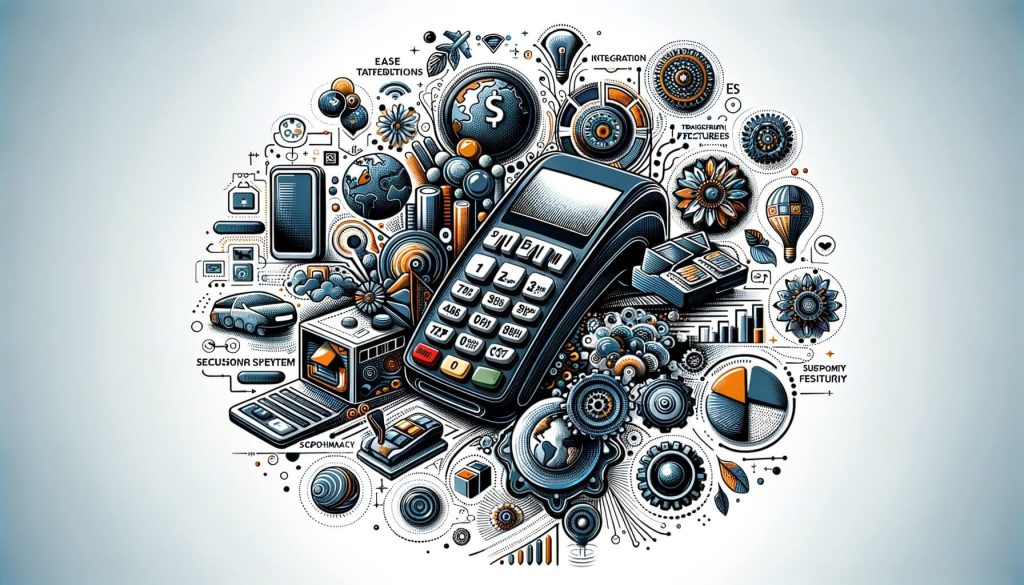
When selecting a POS system for iPhone, there are several factors to consider to ensure that you choose the right system for your business. The first factor to consider is the size and type of your business. Different POS systems cater to different industries and business sizes, so it’s important to choose one that aligns with your specific needs.
Another factor to consider is the ease of use and user interface of the POS system. A user-friendly interface is essential for efficient operations and quick training of employees. Look for a system that offers intuitive navigation, customizable menus, and easy-to-understand reporting features.
Integration capabilities should also be taken into account. Consider the other tools and systems you currently use in your business and ensure that the POS system you choose can seamlessly integrate with them. This will help streamline operations and avoid the need for duplicate data entry.
Top Features to Look for in a Point-of-Sale System for iPhone
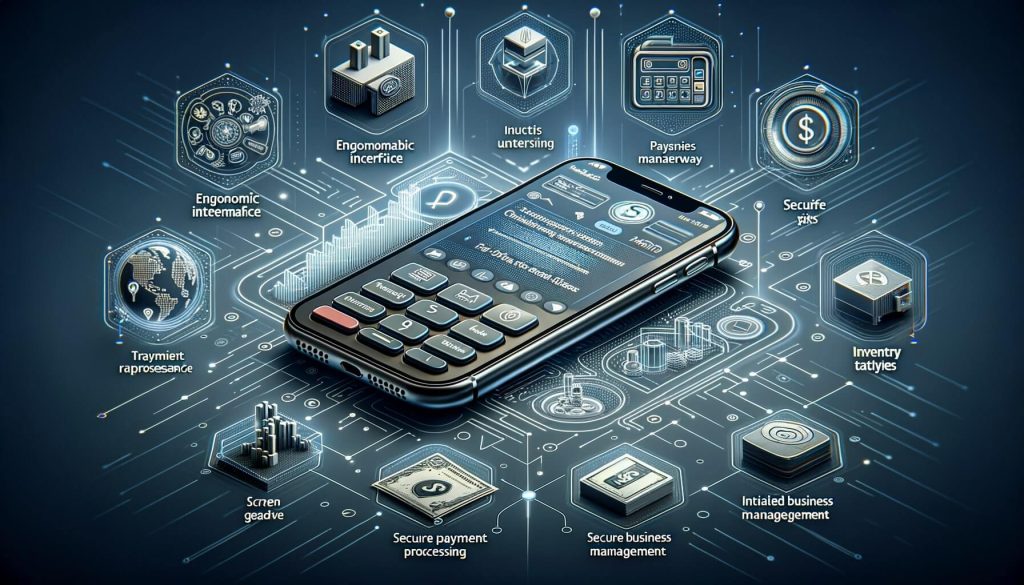
When evaluating different POS systems for iPhone, it’s important to look for specific features that can enhance your business operations. One of the top features to consider is inventory management. A good POS system should allow you to easily track and manage your inventory, including real-time updates, low stock alerts, and the ability to generate purchase orders.
Another important feature is the ability to accept various payment methods. Look for a POS system that supports credit and debit card payments, as well as mobile payment options such as Apple Pay and Google Pay. This will ensure that you can cater to a wide range of customer preferences and increase sales opportunities.
Reporting and analytics capabilities are also crucial. A robust POS system should provide detailed sales reports, allowing you to analyze sales trends, identify top-selling products, and make informed business decisions. Look for a system that offers customizable reports and the ability to export data for further analysis.
Comparing the Features and Functionality of iPhone POS Systems

When choosing the best POS system for your iPhone, it is important to compare the features and functionality of different systems. While all the systems mentioned above offer a comprehensive set of tools, there are some key differences to consider.
One of the key factors to consider is the payment methods supported by each system. Ensure that the POS system you choose supports the payment methods that your customers prefer. Additionally, consider the ease of use and user interface of each system. A user-friendly interface can save time and reduce training costs.
Another important consideration is the integration capabilities of the POS system. If you already use other business tools, such as accounting software or CRM software, ensure that the POS system can seamlessly integrate with these tools. Integration can streamline operations and eliminate the need for manual data entry.
Lastly, consider the pricing structure of each POS system. Some systems charge a monthly subscription fee, while others charge a transaction fee or a combination of both. Evaluate your business needs and budget to determine which pricing structure is most suitable for you.
Frequently Asked Questions (FAQs) about iPhone POS Systems
1. What is a POS system?
A POS system is a software and hardware solution that allows businesses to process sales transactions, manage inventory, and generate reports. It typically includes a cash register, barcode scanner, receipt printer, and other peripherals.
2. Can I use an iPhone as a cash register?
Yes, with the right POS system, you can use your iPhone as a cash register. iPhone POS systems allow businesses to process transactions, manage inventory, and generate receipts using their iPhones.
3. Are iPhone POS systems secure?
Yes, iPhone POS systems are designed with security in mind. They typically comply with industry standards, such as the Payment Card Industry Data Security Standard (PCI DSS), to ensure that customer payment information is protected.
4. Can I accept contactless payments with an iPhone POS system?
Yes, most iPhone POS systems support contactless payments, such as Apple Pay and Google Pay. This allows businesses to cater to customers’ preferences and provide a seamless payment experience.
5. Can I integrate an iPhone POS system with other business tools?
Yes, many iPhone POS systems offer integration capabilities. They can integrate with popular accounting software, CRM software, and e-commerce platforms, allowing businesses to streamline their operations and eliminate the need for manual data entry.
Conclusion
In conclusion, choosing the best point-of-sale system for your iPhone is a crucial decision that can significantly impact your business operations and customer experiences. The top POS systems for iPhone, including SwipeSimple, CloverGo, Host Merchant Services, Square POS, and Lightspeed POS, offer a comprehensive set of features and functionalities to streamline sales processes and enhance business performance.
When selecting a POS system, consider factors such as payment methods supported, ease of use, integration capabilities, and pricing structure. Evaluate your business needs and budget to determine which system is most suitable for you. By choosing the right POS system for your iPhone, you can optimize your sales processes, improve customer experiences, and drive business growth.



